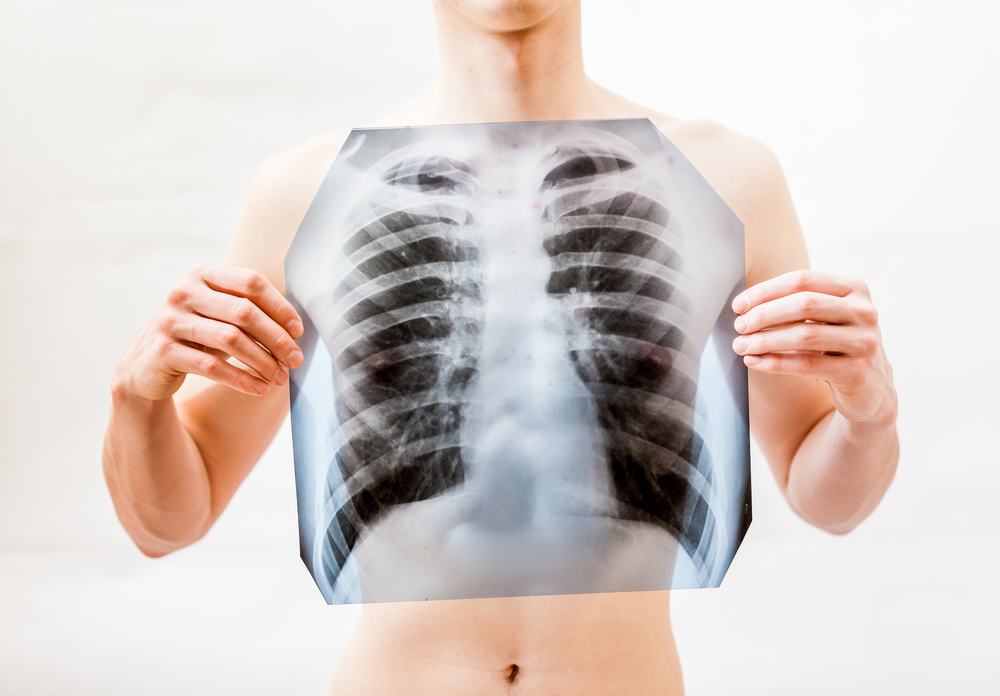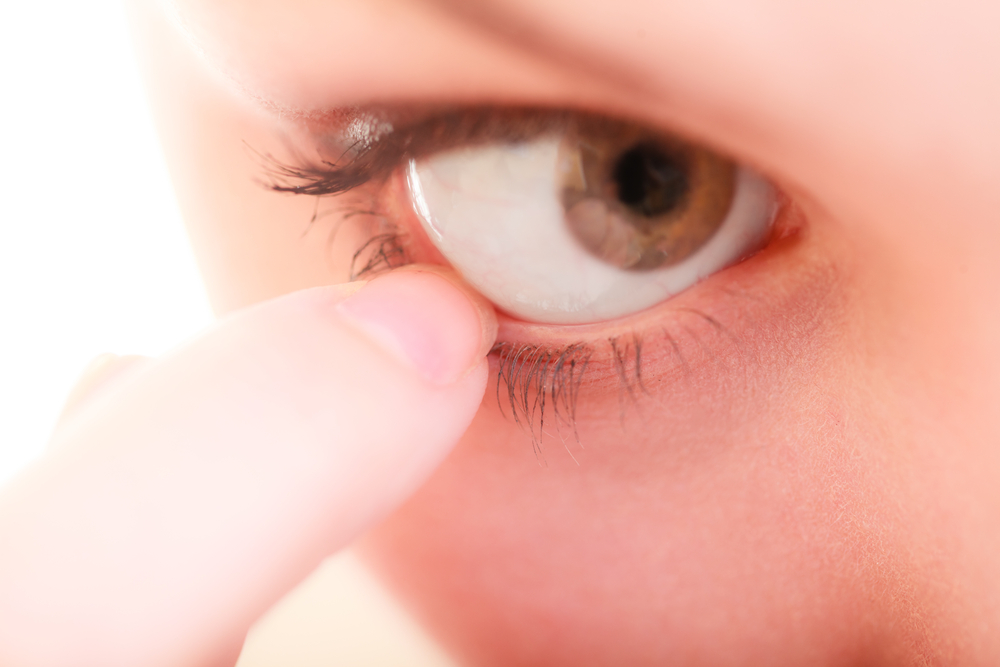8 Scleroderma-Related Conditions You Should Look Out For
Written by |


According to the Scleroderma Foundation, here’s some scleroderma-related conditions you should look out for:
1 – Gastrointestinal Issues

Individuals living with systemic scleroderma may grow some irregularities from the mouth to the anal canal of the digestive system and gastrointestinal tract.
Also, thickening and fibrosis (or scarring) of the tissues may happen due to the overproduction of collagen that usually occurs in scleroderma patients.
All this combined can result in weakened muscles and lead to the abnormally slow movement of food (dysmotility) in the digestive process.
Learn more about the gastrointestinal involvement according to a scleroderma patient.
2 – Gastrointestinal Issues: Esophageal dysfunction

When we eat, food goes from the mouth and throat into the stomach through a tube called the esophagus.
The lower esophageal sphincter, or valve, acts like a gate preventing food from coming back up after passing to the stomach.
Often in systemic scleroderma patients, the gate doesn’t close correctly leaving a backwash of acid and a burning sensation (also know as heartburn) since the food and the stomach acid return into the esophagus.
This process may cause injuries in the lower portion of the esophagus.
3 – Gastrointestinal Issues: Swallowing difficulties

The abnormal slow motion of food and decreased space of the esophagus can result in some difficulties in swallowing.
To help with this condition, it would be best to eat slowly and make sure all food is thoroughly chewed before swallowing.
Learn more about the upper gastrointestinal involvement according to a scleroderma patient.
4 – Gastrointestinal Issues: Diarrhea

Since weakened muscles do not work effectively in pushing food through the bowel, systemic scleroderma patients may suffer damage to the muscles of the small bowel (small intestine).
A result of this could be an increase in bacteria, which ultimately may lead to diarrhea, bloating, a distended feeling, and some pain if the bowel is stretched.
Another problem which often occurs and may lead to weight loss and stool abnormalities is the fact that nutrients may not be absorbed properly into the body.
Learn more about the lower gastrointestinal involvement according to a scleroderma patient.
5 – Gastrointestinal Issues: Constipation

On the other hand, the colon’s weak wall or scarred muscles may cause some difficulties for the bowel to work properly, which can lead to constipation.
6 – Lung Involvement

A wide range of factors may cause lung involvement in systemic scleroderma.
Some symptoms of lung involvement may include shortness of breath, a decreased tolerance for exercise, and a persistent cough.
Thickening of the lung tissue, fibrosis or scarring may happen due to the overproduction of collagen that usually occurs in scleroderma patients.
This makes it more difficult for the oxygen to travel into the bloodstream. Also, the weakening of respiratory muscles can decrease lung function.
The damaged blood vessels may cause pulmonary arterial hypertension (PAH), and may result in additional strain on the heart resulting in heart failure.
Learn more about lung involvement according to a scleroderma patient.
7 – Raynaud Phenomenon

One of the most common early symptoms of systemic scleroderma is Raynaud phenomenon.
Although it’s not restricted to scleroderma, almost 90% of systemic scleroderma patients deal with it at one time or another.
Learn more about Raynaud’s and how it affects the body according to a scleroderma patient.
8 – Sjögren Syndrome

Sjögren syndrome usually presents itself as a decrease in secretions of the tear and salivary glands, core to the lubrication of the mouth and eyes.
However, this lack of secretions can also involve other areas of the body, such as the vagina.
The unusual dryness may lead to serious irritation and inflammation of the eyes, difficulty in speaking and swallowing, a reduced sense of taste, or even a pronounced increase in tooth decay and cavities.
Read the latest Sjögren Syndrome news here.
Scleroderma News is strictly a news and information website about the disease. It does not provide medical advice, diagnosis or treatment. This content is not intended to be a substitute for professional medical advice, diagnosis, or treatment. Always seek the advice of your physician or other qualified health provider with any questions you may have regarding a medical condition. Never disregard professional medical advice or delay in seeking it because of something you have read on this website.





